When you need to know the weather, nothing is more important than being able to find a local weather station. Whether you’re planning a weekend barbecue or you need to know what clothes to pack for your vacation, accurate weather information is key. In this article, we’ll tell you everything you need to know about finding local weather stations near you. We’ll provide tips on how to access weather information online and offline, as well as how to get forecasts for specific cities and towns. So whether you’re a novice or an experienced weather watcher, read on for the best ways to find local weather stations!
Table of Contents
Find live weather stations near you on personal weather station networks
These networks are home to thousands of amateur and professional meteorologists who use personal weather monitoring equipment to track conditions in their area. With a few clicks, you can access live data from thousands of different locations across the country. Many sites will even show you satellite images of current cloud cover and temperature readings from nearby areas, so you can get an accurate forecast for your exact location. To get started, try searching for “personal weather station networks” on Google or check out popular sites like Weather Underground or Meteobridge.
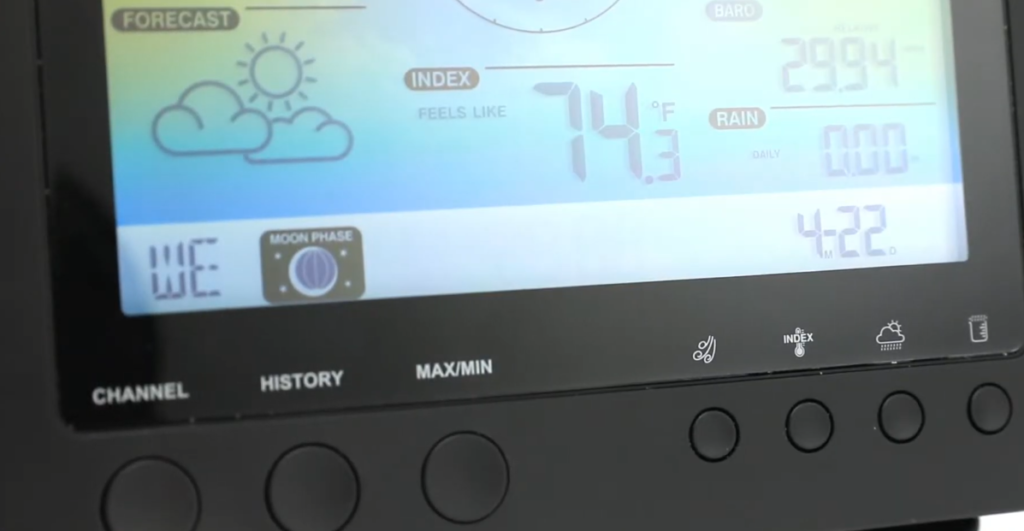
Weather Underground: A Global Personal Weather Station Network
Weather Underground is the most popular personal weather station network in the world. It’s home to over 170,000 active stations across the globe, as well as an extensive collection of historical data. With this platform, you can view live weather conditions from nearby stations, check out extended forecasts and get detailed information on local temperatures and precipitation levels. Whether you want to plan a weekend camping trip or just know what clothes to wear on Monday morning, Weather Underground can provide you with the information you need. [1]
CWOP: High-Quality Weather Station Network
Another great option for finding local weather stations is CWOP, which stands for Citizen Weather Observation Program. This network consists of volunteer meteorologists who use high-quality weather monitoring equipment to track conditions in their area. With data from over 12,000 active sites around the world, you can access live temperature readings and precipitation levels with just a few clicks. Plus, many of these stations are connected to satellite mapping services so you can get an accurate view of current cloud cover. To get started, simply visit the CWOP website and search for your location or zip code. [2]
AWEKAS: A World-Wide Personal Weather Station Network
AWEKAS is a global personal weather station network that combines data from over 5,000 active sites across the globe. It’s especially useful for travelers who need to get accurate forecasts for different cities and towns. Just enter the location you’re interested in and AWEKAS will serve up live temperature readings, precipitation levels and local weather conditions. Plus, users can access detailed weekly forecasts and share their observations with other meteorologists around the world. [3]
Netatmo Weathermap: Find Netatmo Urban Weather Stations Near You
Netatmo Weathermap is a great resource for finding local weather stations. It’s home to over 16,000 urban weather stations in cities and towns around the world. With this platform, you can access live temperature readings, precipitation levels and wind speeds from nearby locations. Plus, it even provides local forecasts so you can plan your day or weekend accordingly. To get started, simply visit the Netatmo Weathermap website and search for your location or zip code.
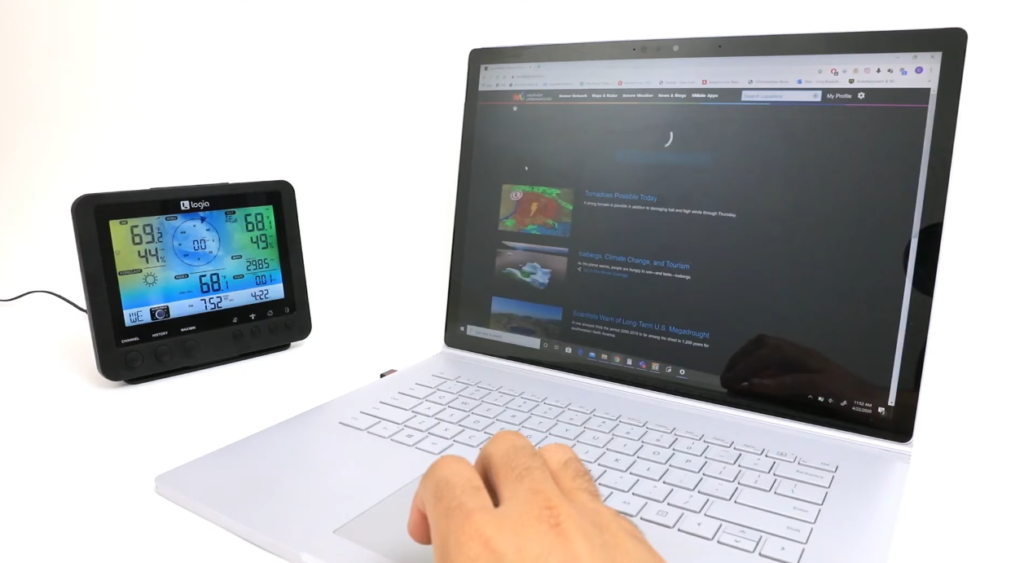
Bloomsky: “See” the Weather with Bloomsky Live Cams
Bloomsky is a unique platform that allows you to “see” the weather in your area. It combines data from over 10,000 personal weather stations with real-time images from live cameras around the world. With this network, you can get detailed information on current temperatures and cloud cover as well as beautiful images of sunrises and sunsets in your area. Ready to begin? Just go to the Bloomsky website, type in your location or zip code and you’ll be on your way!
Windy.com: Maybe you’ll find a new local weather station here
If you’re looking for a new local weather station, Windy.com could be the answer. This platform provides an interactive map of over 14,000 active weather stations around the world. With detailed data on temperatures, wind speeds and pressure readings, as well as satellite images of cloud cover and precipitation levels, you can get reliable forecasts for any location. Plus, you can even set up custom alerts to stay informed about changes in local weather conditions.
See the WeatherFlow weather stations near you
WeatherFlow is another great resource for finding local weather stations. This platform provides detailed data from over 20,000 active sites around the world. With its interactive maps, you can access live readings on temperatures, wind speeds and precipitation levels in your area. Plus, users can also check out current satellite images of cloud cover and get detailed forecasts for any location. To get started, just visit the WeatherFlow website and search for nearby stations.
Now that you know all about the various local weather station networks available out there, it’s time to start exploring! [4]
Other weather station networks
MeteoGroup: MeteoGroup is a network of over 4,500 weather stations located in more than 80 countries throughout the world. This platform provides real-time data on temperature, humidity, wind speed and precipitation as well as detailed forecasts for any location.
Weather Underground: Weather Underground is home to more than 200,000 personal weather stations around the globe. With this platform, users can access live readings on temperature, wind speed and pressure levels as well as satellite images of cloud cover. Plus, it even provides historical data so you can compare current conditions with past trends.
OpenWeatherMap: OpenWeatherMap is an international network of over 19,000 active sites that provide detailed information on global temperatures and weather conditions. With this platform, users can access real-time data on temperature, wind speed and precipitation as well as detailed forecasts for any location.
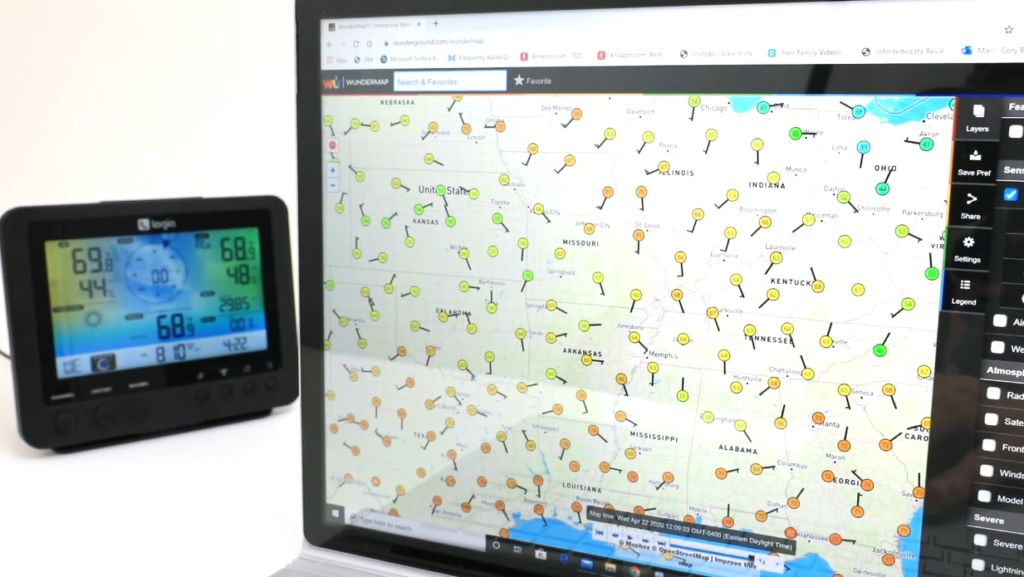
Mesonets: For Serious Weather Buffs
Mesonets is a great resource for serious weather buffs. It’s home to more than 5,000 active mesonets—instrumented platforms designed to measure temperature, wind speed and pressure levels over time. With this network, users can access detailed readings on current conditions as well as historical data for comparison purposes. Plus, Mesonets also provides satellite imagery of cloud cover so you can easily spot approaching storms.
Airport Weather Stations: Where your Weather Reports Come From
As the name suggests, these stations are located at airports and provide invaluable data to meteorologists and aviation professionals alike.
Airport weather stations measure temperature, humidity, pressure, visibility, wind speed and direction, and precipitation among other factors to provide a comprehensive picture of current weather conditions in their area. This data is then sent to the National Weather Service (NWS) where it is used to create forecasts that can help with everything from air travel to outdoor recreation.
In addition to measuring current weather conditions, airport weather stations also help track various environmental events like tornado activity or flash flooding. This helps meteorologists be better prepared when extreme weather strikes, as well as to accurately warn the public of potential danger.
Airport weather stations are also incredibly helpful for aviation professionals. Accurate readings from these stations ensure planes can take off and land safely in any conditions. Some airports even have specialized instrument landing systems (ILS) that allow pilots to make a safe approach regardless of visibility or ceiling level. [5]
National Weather Service: Your Source of Weather Radar, Satellite, Forecasts, and More
The National Weather Service is the official U.S. government agency responsible for providing weather forecasts, warnings and advisories to the public. This platform provides detailed information on current conditions in your area as well as satellite images of cloud cover and radar data to help you spot approaching storms. Plus, it even offers detailed forecasts for any location based on its network of over 120,000 active stations around the world.
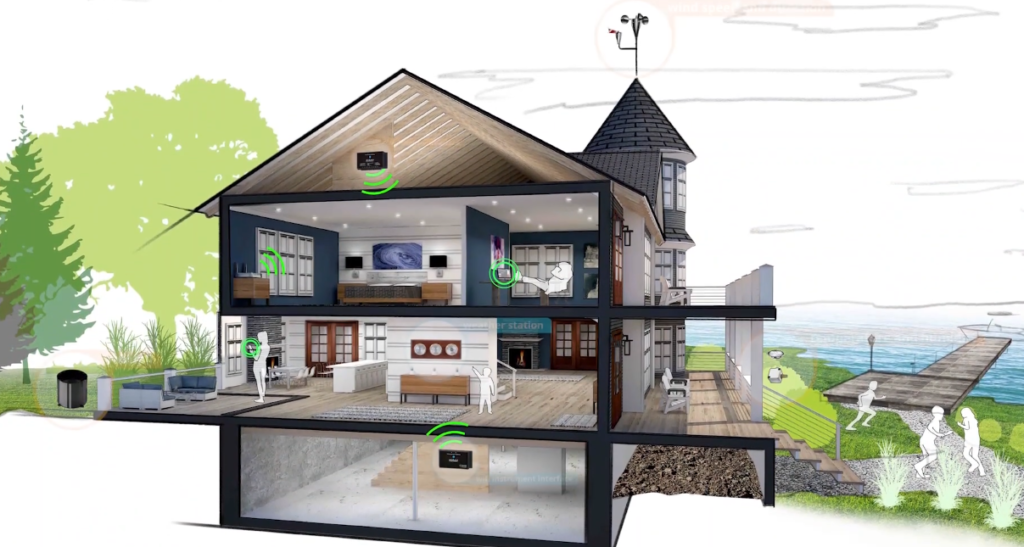
Do You Own a Home Weather Station?
If you’re serious about staying informed about local weather conditions, then investing in your own home weather station might be a good idea. This way, you can access detailed readings on temperature, wind speed and pressure levels right at your fingertips. Plus, users can even set up custom alerts to stay informed about changes in local weather conditions.
To get started with your own personal weather station, just visit the National Oceanic and Atmospheric Administration (NOAA) website for more information and guidance. With their help, you’ll soon be able to take control of your own personal weather monitoring network!
FAQ
What is the best residential weather station?
The best residential weather station depends on your individual needs. If you are looking for high accuracy and detailed readings, the Davis Instruments Vantage Pro2 Weather Station is a great option. It can measure wind speed, humidity, temperature, rainfall, barometric pressure and more with accuracy of one degree Celsius in temperature readings and 0.1 mph resolution for wind speeds. The display console also comes with an LCD backlight for easy viewing at night or in low light conditions. Another great feature is its wireless capability which allows you to easily connect it to other devices like your smartphone or tablet.
What are the 4 weather stations?
The four primary weather stations are:
- Airport Weather Station – This type of station is usually located at airports, and it collects data from aircrafts flying around the area. It gathers information such as wind speed, barometric pressure, visibility, temperature and humidity.
- Automated Surface Observing System (ASOS) – This system is composed of various sensors that measure various meteorological elements such as temperature, dew point, wind direction and speed, precipitation amount and intensity, cloud height and coverage, atmospheric pressure and relative humidity.
- Buoy Weather Station – These stations are deployed on bodies of water such as lakes or oceans to gather data related to oceanic conditions like wave heights and winds speeds over the ocean.
- Surface Weather Station – This is the most common type of weather station, located in rural and urban areas across the globe and capable of collecting information related to wind speed, temperature, precipitation and other atmospheric conditions.
The data collected by these four types of weather stations are used by meteorologists around the world to generate accurate weather forecasts that help protect lives and property. Additionally, this data can be used for research purposes such as climate modeling or monitoring trends in global warming. Ultimately, weather stations play a vital role in helping us understand our environment better.
Where can I site a weather station?
If possible, try to site your station at least 10 feet above the ground on a tower or platform. Additionally, it’s important to make sure that the sensors are not blocked by any nearby objects that could affect their readings.
What is a local weather station?
A local weather station is a site that provides detailed information on current temperatures, wind speeds and pressure levels as well as local forecasts for any area. These stations can be found in airports, schools or even at home if you own your weather station. They are an important part of modern forecasting and help meteorological centers create more accurate long-term predictions.
Useful Video: How to Use Maximum’s Wi-Fi Weather Station Configurator
Conclusion
There you have it! A comprehensive guide on how to find local weather stations near you. We hope that this article was helpful and informative and that you are now armed with the knowledge and tools you need to get accurate information about the weather in your area. Be sure to bookmark this page or save it to your favorites so that you can refer back to it the next time you need to check the forecast. Stay safe and dry out there!
References
- https://www.wunderground.com/pws/overview
- http://wxqa.com/cwop_info.htm
- https://www.awekas.at/wp/?lang=en
- https://www.weatherstationdepot.com/find-local-weather-stations
- https://www.weatherstationdepot.com/why-are-weather-stations-at-airports

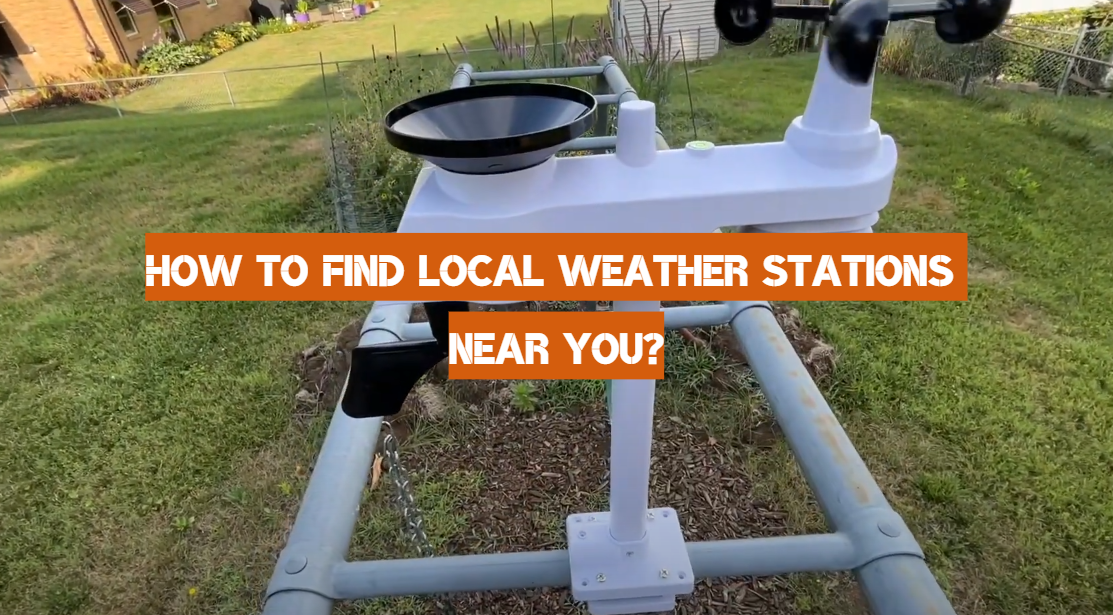
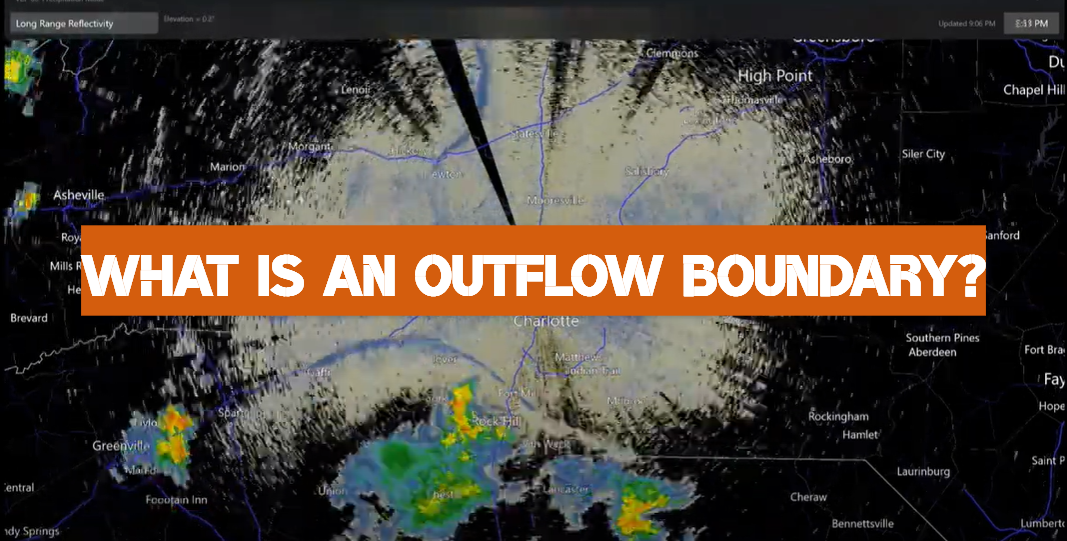

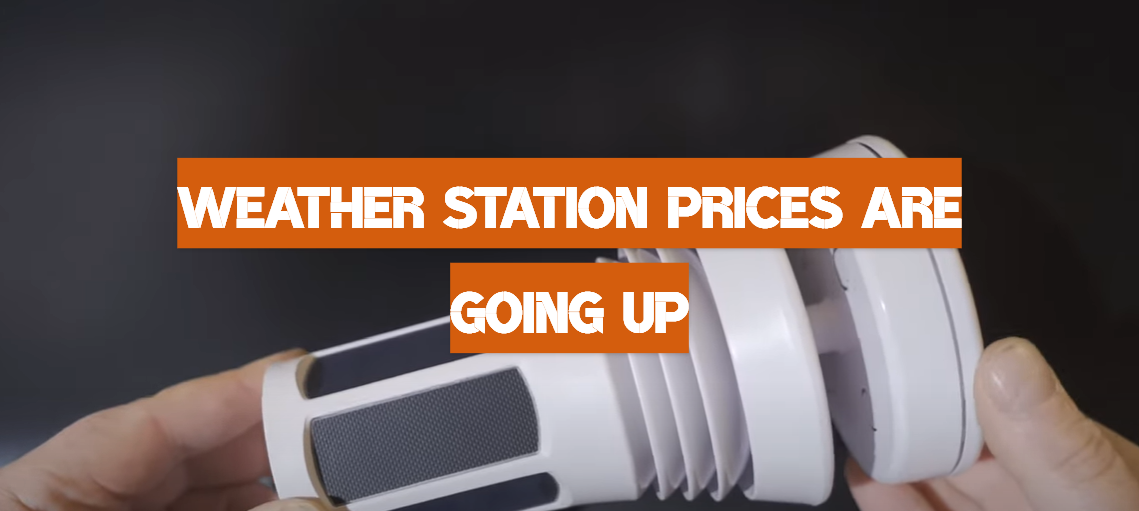
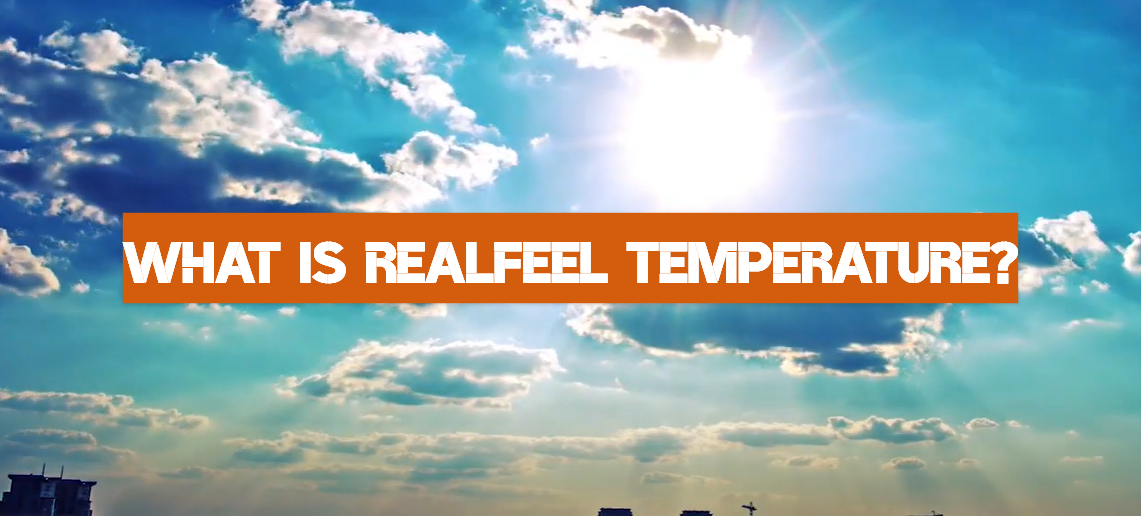
Leave a Reply